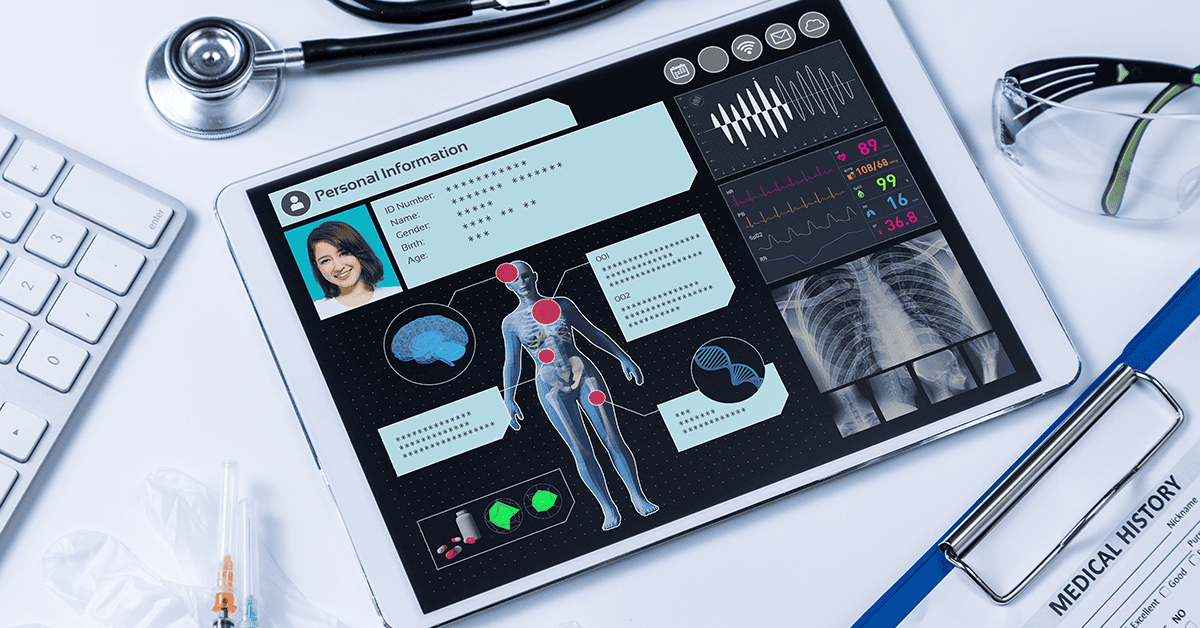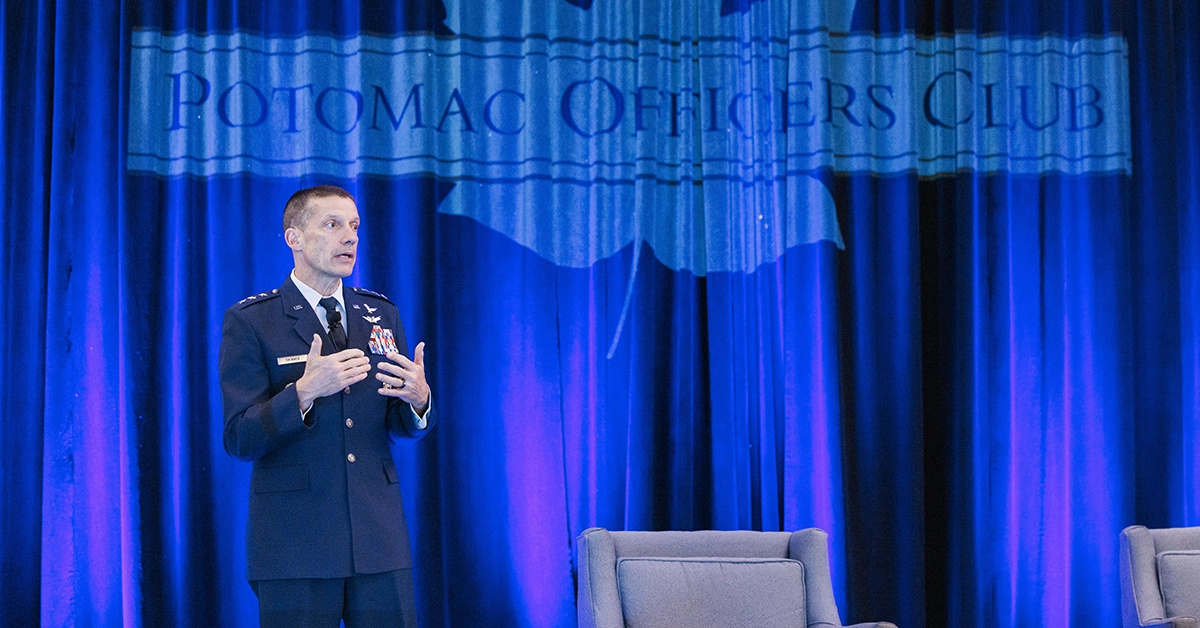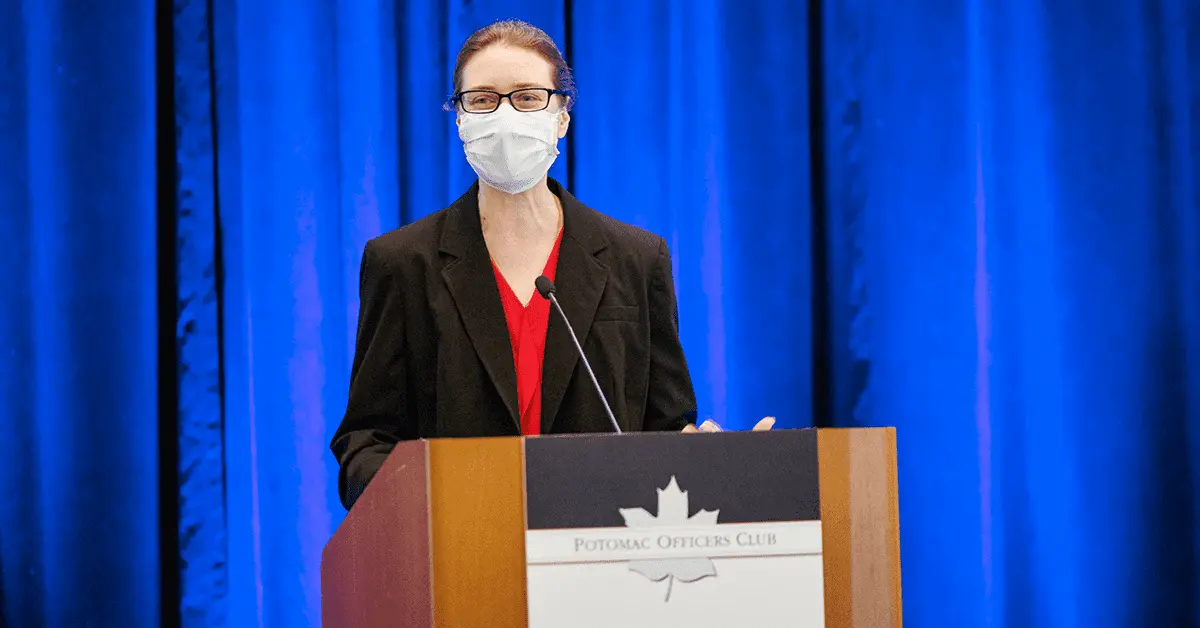Healthcare delivery is increasingly determined and shaped by technology and digital platforms. The COVID-19 pandemic ushered in an era of virtual appointments, among other practices, many of which will likely remain indefinitely. But from a wider vantage, the larger trend toward digitalization means that government health agencies and private providers alike are shifting to cloud models for their electronic health records and services, aiming to desegregate stovepiped setups and integrate technologies and tools.
Executives and thought leaders in the healthcare space point toward a number of strategies and specific goals that can help enable progress and growth to help achieve unified and streamlined systems, with automation being a key and obvious example.


For more discussion about the tides of modernization in healthcare, be sure to attend GovCon Wire’s Healthcare IT – Digital Transformation Forum on May 17. The event will be held virtually from 9 a.m. to 11 a.m. and feature a keynote address from Vidyut Desai, the chief information officer of the Food and Drug Administration, among other distinguished speakers. Register here.
In talking with Healthcare IT News, Gary Hamilton, CEO of software company InteliChart, highlighted user experience as one of the foremost areas that CIOs like Desai should and will be focusing on in the coming year.
“Patient engagement is the bridge that will empower providers to make healthcare more convenient, accessible and user-friendly, while at the same time more individually focused with messaging and campaigns that can be sent to patients according to diagnosis or procedure,” Hamilton shared.
He went on to say that a concentration on patient interfaces is crucial in an era where there is a “shift to reimbursement under value-based payment models via population health initiatives.” Hamilton maintained that digital solutions are the best way to provide care that is accessible anywhere and remedy nearly any problem and medical situation that might arise.
Meanwhile, Albert Marinez, chief analytics officer at not-for-profit organization Intermountain Health, told Healthcare IT News that he believes determining a productive use of artificial intelligence to be the single most important task on healthcare providers’ desks at the moment.
He said there is great potential in ChatGPT and large language models specifically, but that there is “still is much to learn about their capabilities and how to effectively integrate them into our systems.”
“Despite these challenges, we are optimistic about the transformative impact that AI can have on improving the patient experience, reducing provider burden and cutting costs across a range of back-office activities,” Marinez noted.
The CAO indicated that a “human-centered design approach” would be key and allow healthcare organizations to completely reimagine and remake workflows that are powered by AI.


To go deeper into the technological forces driving the healthcare industry and gain a better understanding of the ways leaders plan to evolve their systems, it is essential that you join GovCon Wire’s May 17 Healthcare IT – Digital Transformation Forum. There will be opportunities to submit audience questions and get your burning inquiries answered by high-level healthcare decision-makers, if you so wish. Register here now!








